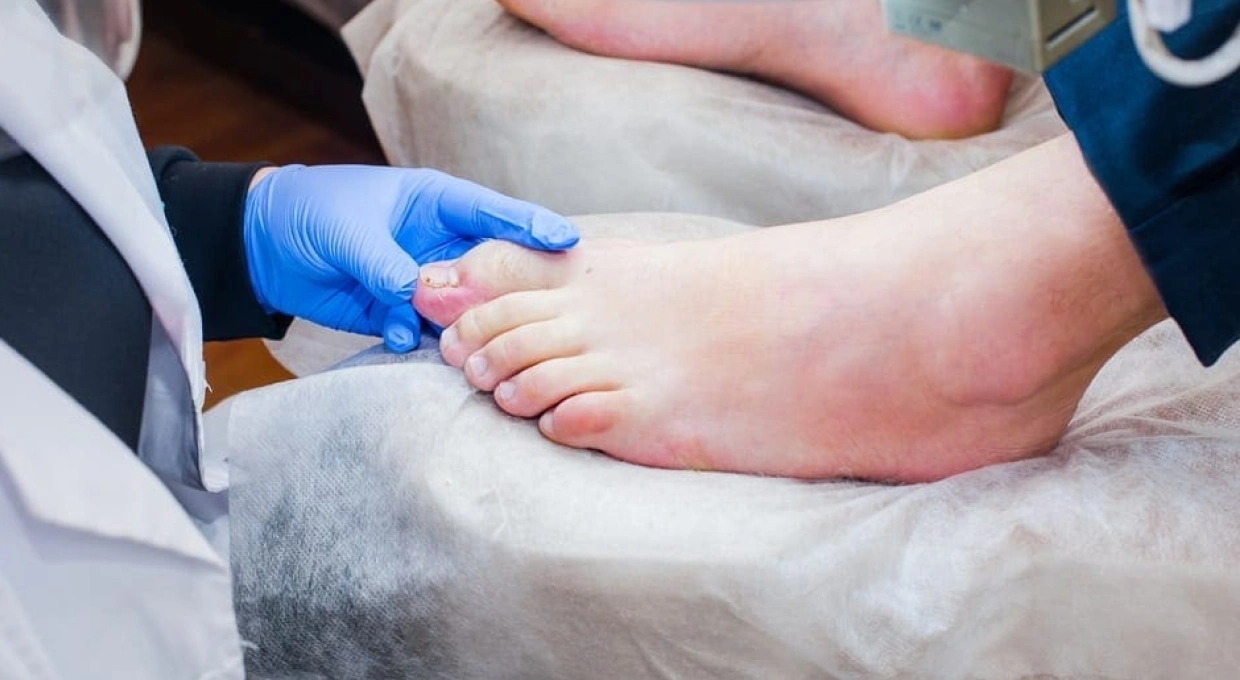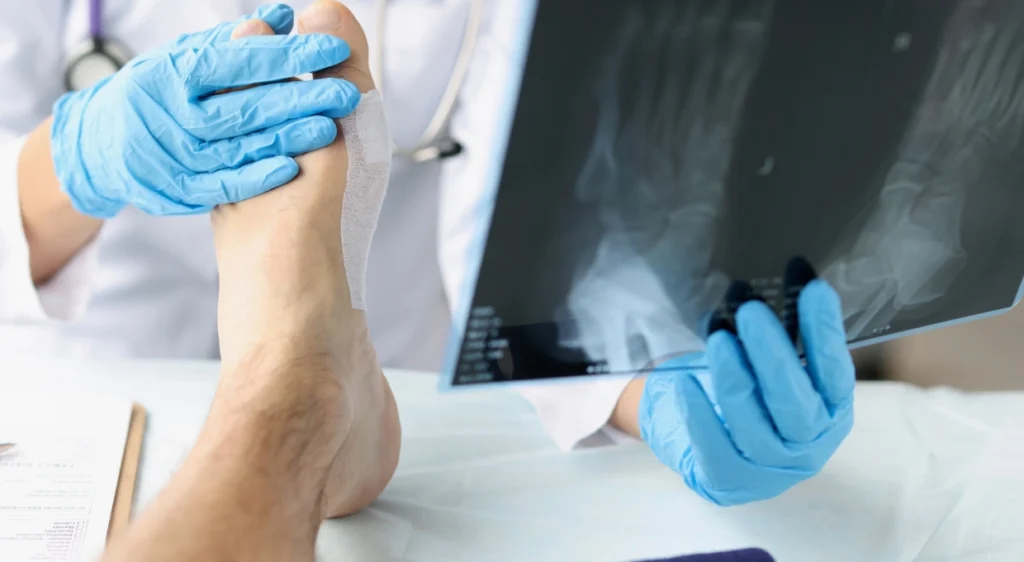The minimally incisional podiatric surgery or minimally invasive foot surgery is a widely used technique for the definitive correction of definitive correction of deformities such as bunions of the first toe (hallux valgus) or of the fifth toe (tailor’s bunion), claw toes, metatarsalgia and other related conditions. The minimal incision podiatric surgery was developed by U.S. podiatrists and is therefore known as MIS surgery (Minimal Incision Surgery). It is based on the intervention of the structures of the foot through small incisions, between 2 and 5 millimeters long.between 2 and 5 millimeters in length. Thanks to the use of this technique, the surgeon can act through these incisions on the bones, ligaments, capsules, tendons and other structures, without exposing them directly. This reduces the trauma on the tissues and therefore, the time required for the patient’s full recovery. Although it is a quick, outpatient type of surgery, it must be performed by experienced professionals trained in this field. Many patients wonder when it is convenient to undergo a minimal incision podiatric incisional podiatric surgery and if the results are and if the results are long-lasting. Let’s clear up some doubts on this subject.
Is minimal incision podiatric surgery effective?
Like open surgery, minimal incision podiatric surgery can correct all types of deformities and problems in the structures of the foot with a very high success rate. However, the results of foot surgery depend on the technique, the equipment used, as well as the surgeon’s experience. If this is done correctly, the deformity will not reappear.
Are screws or needles used to perform and fix the techniques?

No metal screws or pins are used to to fix the structures of the foot after realignment and correction. This type of surgery is performed through very small incisions through which specialized instruments are introduced to intervene in the foot structures affected by the deformity. These mini-incisions are sutured at the end of the surgical procedure. Then a special bandage on the foot that will help maintain the alignment of the structures. The patient leaves the office wearing a special shoe that helps maintain the shape and biomechanics of the operated foot. This bandage will be adjusted weekly until the foot is fully healed.
Is laser used in minimally invasive foot surgery?
No laser-based technique is used in foot surgery. In fact, there is no laser surgery to correct foot deformities. This is a belief that was erroneously spread years ago due to the fact that minimal incision podiatric surgery was minimal incision podiatric surgery does not leave any visible scars, something similar to what happens with laser-based techniques used in other areas of medicine.
Is minimal incision podiatric surgery suitable for all foot problems?

Although it is an adequate technique for correcting the vast majority of foot deformities, there are cases in which require a greater exposure of the intervened tissues.and therefore, open surgery should be open surgery should be resorted to.. Minimal incision podiatric surgery is ideal for very frequent pathologies such as bunions, claw toes or metatarsalgia, among others. In the last two decades, equipment and techniques have been developed to perform surgical interventions of all types with the least exposure or invasion of tissues. The objective of these techniques has been to reduce the trauma to the intervened tissuesreduce the risk of complications and shorten the shorten the patient’s recovery time.
What care is required for minimal incision podiatric surgery?

This technique requires the usual preoperative usual preoperative care of other types of surgery, such as local anesthesia from ankle to foot, or light sedation.such as the application of local anesthesia from the ankle to the foot, or light sedation. After bunion surgery, the patient leaves the office walking, wearing a special shoe, which helps to maintain and consolidate the correct shape of the foot and accelerate full recovery. In cases of pain or inflammation, it is only necessary to take some analgesic or anti-inflammatory medication. The discharge usually takes place 2 months after the bunionette operation, period during During this period, weekly check-ups and adjustments to the bandage applied to maintain the shape of the foot after surgical correction will be made. The return to work will depend on the patient’s professional activity, i.e., it will be immediate for a clerk but may take longer for someone who operates heavy machineryThe return to work will depend on the patient’s professional activity, i.e., it will be immediate for an office worker but may require more time for someone who operates heavy machinery, does extreme sports or drives vehicles with manual gearboxes. Article prepared by Clínica San Román Date of publication 10-2-2020



